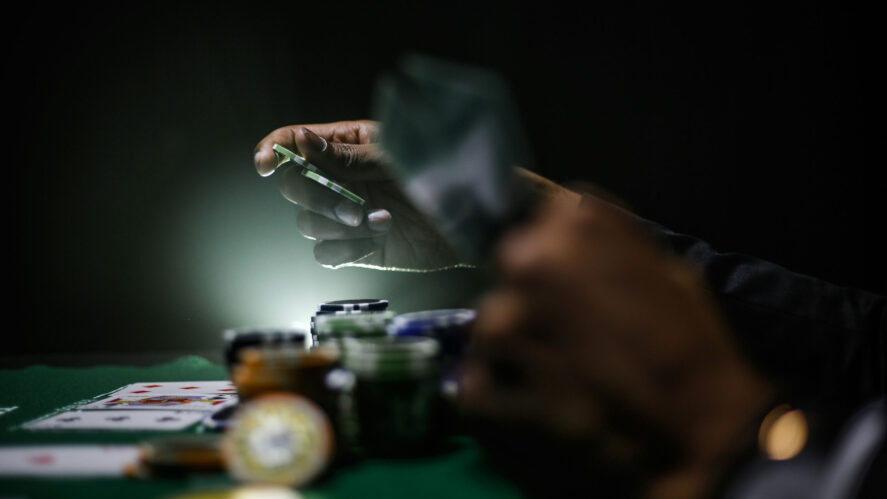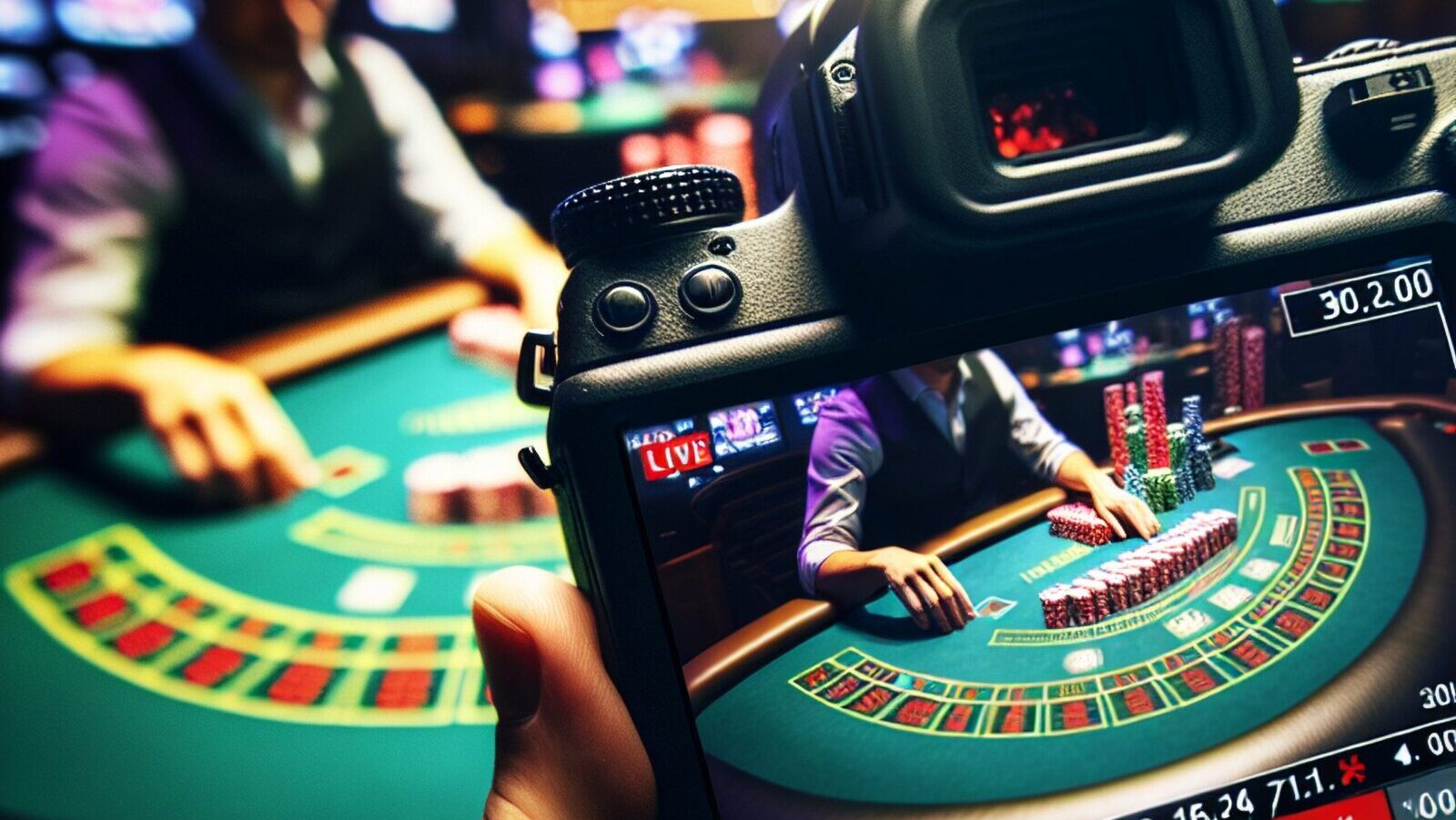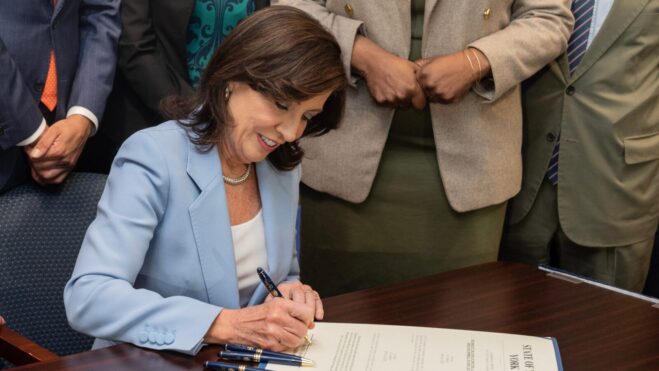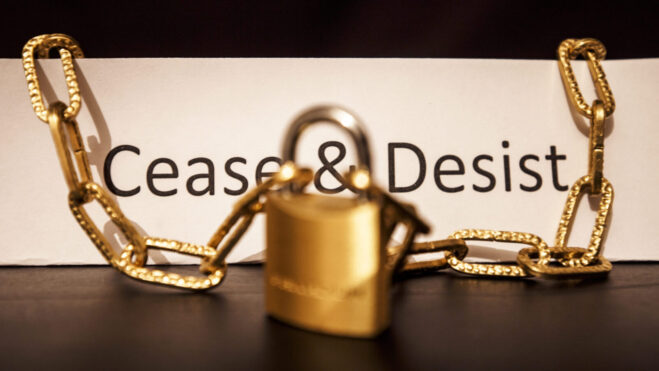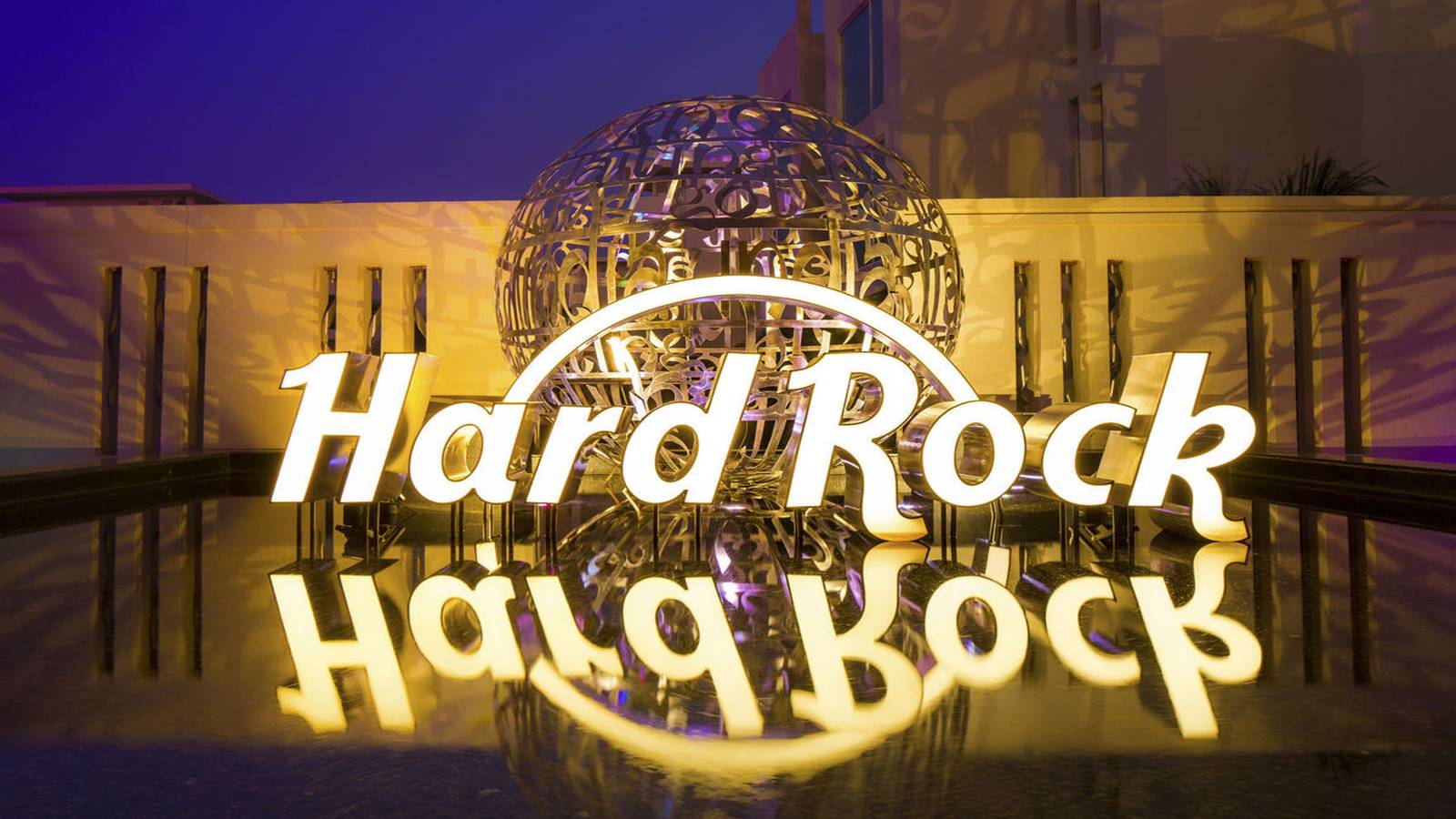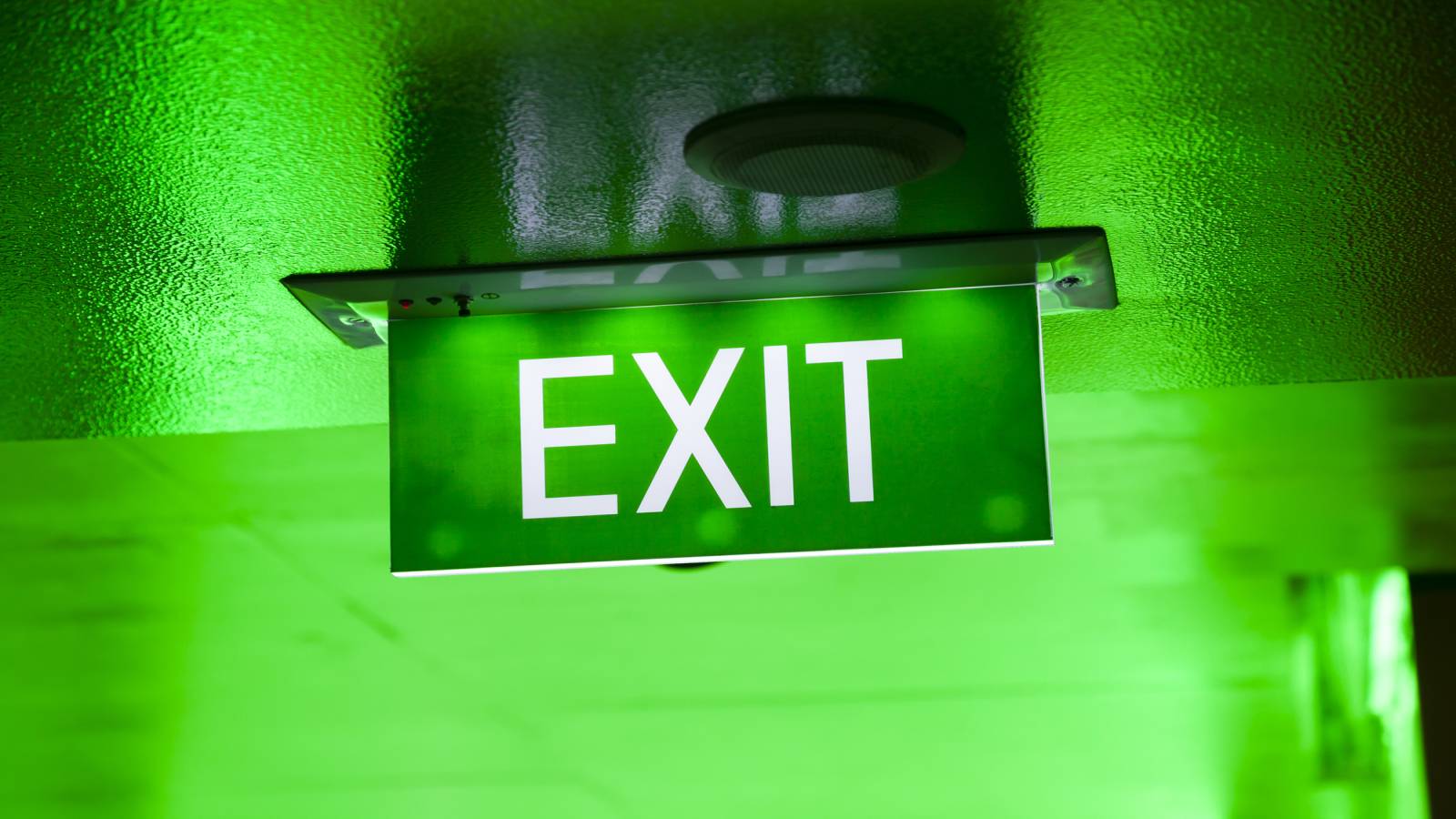UNLV Study Finds Low Correlation Between Bonus Money, Casino Visit Spend
“We wanted to understand how the spend per trip and amount of visits changed. What we found out was that there was no decline in spend per trip after reducing the awards. I don’t think there is anyone in the industry who would have predicted that.”
1 min
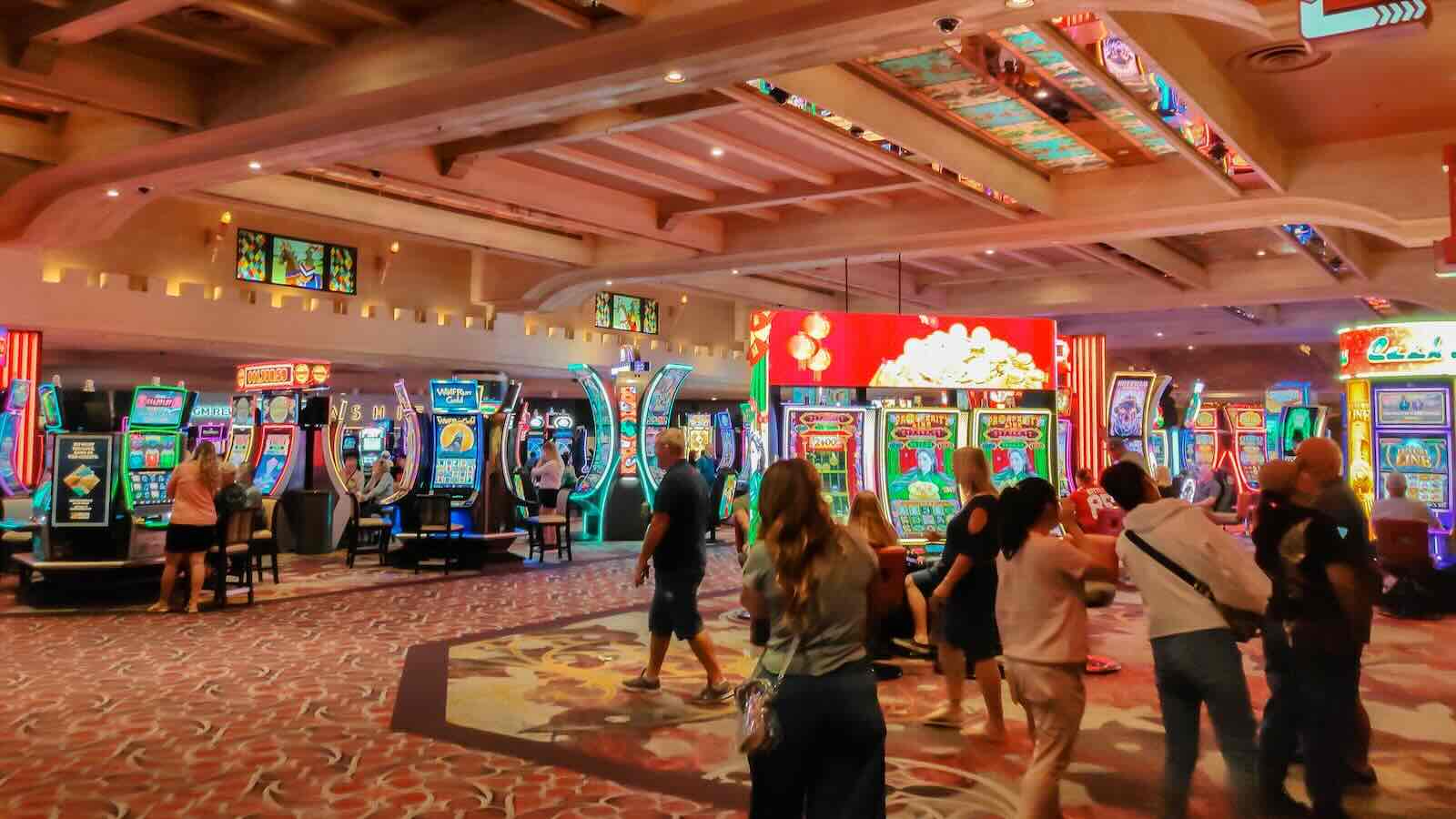
University of Las Vegas (UNLV) Hospitality Professor Anthony Lucas and Katherine A. Spilde, Ph.D. of San Diego State University have found that reducing free-play rewards had little impact on casino visitor numbers, or how much visitors spent gambling for real money. The authors explored their findings in the most recent edition of the UNLV Gaming Research & Review Journal.
Lucas and Spilde studied visitor numbers at a tribal casino in Western California over several years. In Year One, 400 casino visitors were given $15 a week in free play. In Year Two, that group was split into four groups, with every group receiving a different free play amount in $5 increments from $0 to $15. While visitors from the group receiving $0 weekly decreased by 20%, numbers didn’t dip in the other groups ($5, $10, and $15).
Lucas commented on the results to the UNLV News Center, “We wanted to understand how the spend per trip and amount of visits changed. What we found out was that there was no decline in spend per trip after reducing the awards. I don’t think there is anyone in the industry who would have predicted that.”
Free play and marketing budgets
Most casinos in the U.S. use free-play campaigns, allowing visitors to play casino games without risking their own money. The casino industry spends a lot of money on measures to get new players through the door and return, such as free-play promotions. Additionally, casinos hope free-play promos encourage players to spend more.
“You don’t always go on vacation to the same place or out to eat at the same restaurant — it’s the same with gambling. You’re probably not going to the same casino every time, but if they can get you to visit more frequently, that’s great. And that’s what they use free-play loyalty programs to do,” Lucas explained.
As casinos compete and try to outdo each other to attract patrons, the costs of free-play bonuses can increase rapidly. According to Lucas, gambling locations can spend tens of millions on free-play campaigns yearly.
Lucas suggested that his study shows this is ineffective: “It’s difficult for casino ownership to make changes because corporations are naturally risk-averse. The data shows that you could do so many other things with that money with minimal-to-no consequence. You could improve customer service and the physical environment — these are things that affect patronage and spend, as well.”
Professor Lucas has 40 years of gaming experience, consulting operations management, financial analysis, and casino marketing. He has been an employee of UNLV since 2001. Professor Spilde has written and spoken extensively on gaming issues, particularly within tribal gaming environments.
